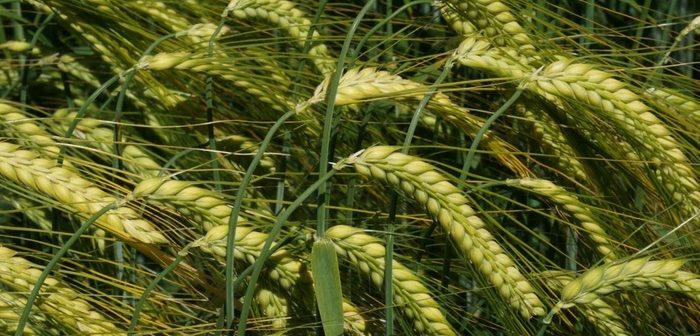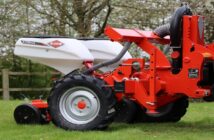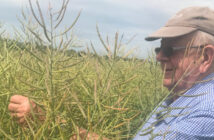High yielding two-row feed winter barley varieties with good grain quality and strong agronomic characteristics were hard to find until last year, when Valerie from Senova was introduced.
The only one of six new winter barley choices in 2019 to offer this combination, Valerie has since been joined on the Recommended List by two more newcomers and is now in a group of thirteen two-row feed varieties.
Even so, a specific weight of 70.2kg/hl and low screenings means that Valerie continues to stand out in this category for its grain quality, with the market expected to support the German-bred variety as it seeks a feed variety replacement for Cassia.
A 4% yield advantage, better disease resistance, stronger standing ability and earlier maturity are all in Valerie’s favour, reports Senova’s commercial director Jeremy Taylor ahead of Cereals Live 2020, who also highlights the variety’s untreated yield of 86.
“Valerie was well received last year as it was seen as a natural successor to long-standing Cassia,” he says. “With the ability to produce consistently good grain quality, it also offers the right agronomic package and flexibility on farm. That makes it easy to grow.”
Many growers prefer two-row varieties to hybrids, he adds, valuing their lower seed and input costs, as well as better grain quality.
“Winter barley breeding has given us some impressive yield progression but has struggled to come up with varieties which also give good grain quality and can be managed with a simple agronomy regime.
“In Valerie, we have a variety that meets these criteria. It was a long time coming – but there is now good reason to move on from Cassia.”
Coming along behind Valerie are three candidate two-row feed varieties from Senova, all of which have good potential and will appeal to growers, but for different reasons, reveals Mr Taylor.
Bordeaux, the highest yielding conventional two-row candidate on 108, offers hybrid-type yields from conventional breeding.
With a specific weight of 70.8kg/hl, it also brings good grain quality to the table as well as a strong agronomic package, including resistance to BaYMV.
Pixie, with a yield of 106, is a short and stiff type from the breeder responsible for Valerie. Another variety with a specific weight in excess of the benchmark 70 at 70.3kg/hl, it has good disease ratings and virus resistance.
Paloma is a high yielding feed variety which is currently undergoing National Listing and expected to be up for recommendation later this year.
“The market’s loyalty to Cassia shows that specific weight and grain quality are important considerations for a feed barley,” summarises Jeremy Taylor.
“As all of our candidates have specific weights in excess of the 70 mark, while bringing a yield advantage and early maturity, they are bound to be of interest.”




